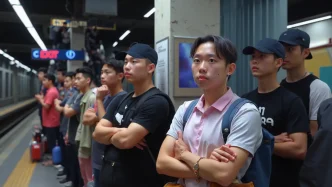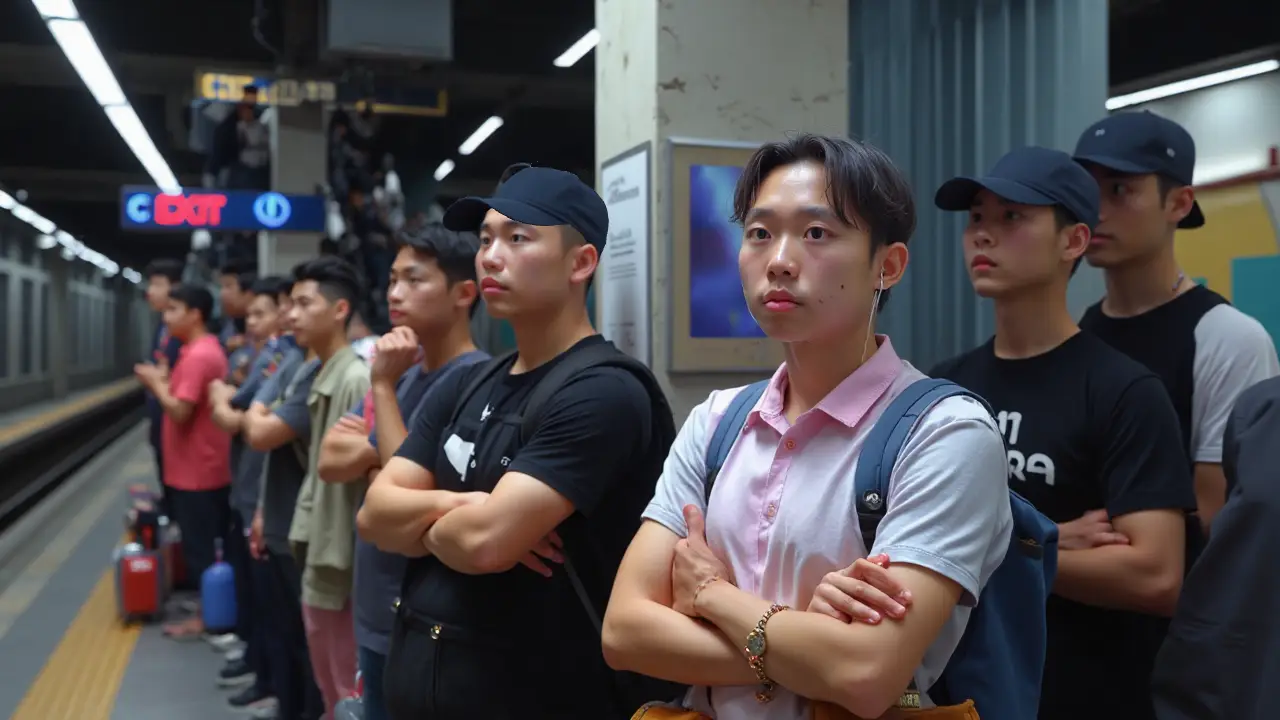For millions of Filipinos, the daily grind of commuting—whether in the bustling streets of Metro Manila or across the country’s seaports and airports—has become a grueling ordeal marked by inefficiency, safety risks, and indignity. This reality was starkly highlighted during the recent Holy Week exodus, as travelers endured horrendous traffic, overcrowded terminals, and hazardous conditions. Transportation officials have vowed reforms, but as systemic issues persist, the question remains: when will meaningful change arrive for the country’s beleaguered commuters?
A Punishing Daily Reality
In Metro Manila, home to over 13 million people, daily commuters navigate a fragmented and often dangerous public transport system. Hours are lost in gridlocked traffic along major thoroughfares like Epifanio de los Santos Avenue (EDSA), where evening rush hours transform highways into parking lots. Beyond the wasted time, commuters face a deeper burden: a system that frequently fails to ensure their safety or dignity.
During Holy Week, a time when millions travel to reunite with loved ones, these challenges are magnified. Families heading to provinces via land terminals, airports, and seaports encountered familiar chaos. Many have grown resigned to such conditions, accepting long delays and discomfort as an inevitable part of the journey. Yet, as Transportation Secretary Vince Dizon recently noted, this status quo is far from acceptable. After inspecting makeshift bus terminals along EDSA, Dizon condemned the conditions faced by passengers, pointing to a lack of basic facilities like seating, restrooms, and proper shelter. “This is unacceptable” he declared, highlighting that passengers pay full fares for services that leave them in what he described as a deplorable state.
The lack of infrastructure is just one facet of a broader crisis. Safety concerns loom large, with recent incidents underscoring the risks commuters face. During Holy Week, tragic accidents claimed lives across the country. In Bacolod City, a van—allegedly driven by an intoxicated driver—crashed into a religious procession, killing three and injuring 17. Another incident in Dumalinao, Zamboanga del Sur, involving a 10-wheeler truck, resulted in two deaths on Good Friday. Such events are grim reminders of the human cost of systemic failures in public transport oversight.
Safety at Stake: Drugs and Overloading
Adding to the peril, safety violations by transport workers have come under intense scrutiny. As part of “Oplan Harabas,” a nationwide operation led by the Land Transportation Franchising and Regulatory Board (LTFRB) and the Philippine Drug Enforcement Agency, random drug tests were conducted on April 16 at major terminals. Of the 3,270 individuals tested, 84 public utility drivers and two conductors tested positive for illegal substances. LTFRB chair Teofilo Guadiz III minced no words in his condemnation, stating, “It is unacceptable and deeply troubling that individuals entrusted with the safety of passengers are found to be operating vehicles under the influence of prohibited substances.”
The LTFRB has warned bus companies that employ such workers of severe consequences, including the suspension or cancellation of their franchises. The logic is clear: drivers under the influence pose a direct threat to passengers’ lives. Yet, the prevalence of positive tests raises troubling questions about the extent of oversight and accountability within the industry.
Land transport is not the only sector grappling with safety issues. At Manila North Harbor, a recent inspection by the Department of Transportation revealed ships overloaded with passengers, violating anti-overloading policies designed to prevent maritime disasters. One vessel, traveling from Batangas Port to Romblon, was forced to offload passengers after exceeding capacity limits. Dizon expressed sympathy for stranded travelers, noting that shipping lines had oversold tickets beyond allowable passenger and weight limits. “I feel bad for the stranded commuters” he said, vowing to hold companies accountable for endangering lives through such practices.
Government Response: Promises and Action
In response to these mounting issues, the government has initiated efforts to address commuter woes, particularly during peak travel periods like Holy Week. Under “Oplan Biyaheng Ayos Semana Santa and Summer Vacation,” a directive from President Ferdinand Marcos Jr., key agencies have been tasked with ensuring safe and convenient travel. Inspections by Dizon and other officials aim to crack down on violations, from illegal terminals to overloading. Sanctions loom for bus companies like Philtranco, Mega Bus, Ten Ten, and RMB, which were found operating substandard facilities along EDSA.
Beyond enforcement, some tangible steps have been taken to ease commuter burdens. Dizon has overseen extensions to MRT operating hours and the addition of more trains to reduce queuing times in Metro Manila. Additionally, unconsolidated jeepneys—traditional public utility vehicles—have been allowed to continue serving routes, providing much-needed capacity. These measures, while welcome, are seen by many as temporary fixes to deeply entrenched problems.
Dizon’s hands-on approach, including personal inspections and riding public transport to experience commuters’ struggles firsthand, has drawn cautious optimism. However, there is widespread concern that such actions might amount to little more than publicity stunts unless they translate into lasting policy changes. As one commuter in Manila told local media, the hope is for reforms that go beyond holiday-specific interventions and address the daily reality of public transport users.
Systemic Challenges and Regional Context
The public transport crisis in the Philippines is not merely a matter of logistics; it reflects broader systemic challenges tied to urbanization, funding, and governance. Metro Manila’s population density—among the highest in the world—places immense pressure on infrastructure that has not kept pace with growth. Decades of underinvestment in mass transit, coupled with a reliance on private operators for bus and jeepney services, have resulted in a patchwork system lacking cohesion or reliability.
Comparisons with neighboring Southeast Asian cities reveal both shared struggles and potential solutions. Bangkok, for instance, faces similar traffic congestion but has invested heavily in its BTS Skytrain and MRT systems to alleviate road pressure. Jakarta, meanwhile, has rolled out the TransJakarta bus rapid transit network, though it too grapples with overcrowding. For Manila, projects like the Metro Manila Subway—slated for partial operation by 2027—offer hope, but progress remains slow, and immediate relief for commuters is elusive.
Moreover, the economic impact of transport inefficiencies cannot be ignored. A 2017 study by the Japan International Cooperation Agency estimated that traffic congestion in Metro Manila costs the Philippine economy around 3.5 billion Philippine Pesos (US$62 million) daily in lost productivity and fuel expenses. For daily wage earners, who form a significant portion of the commuting public, hours spent in traffic translate to lost income and diminished quality of life.
Public Sentiment and the Road Ahead
Public frustration with the state of transport is palpable, especially in urban centers like Metro Manila. Social media platforms have become outlets for commuters to vent their grievances, with posts often highlighting packed buses, broken-down trains, and endless delays. Yet, amidst the criticism, there is a shared desire for accountability and reform. Advocacy groups have called for greater transparency in how transport franchises are awarded and monitored, as well as increased public funding for mass transit projects.
For now, the government’s commitment to change hangs in the balance. While initiatives like extended MRT hours and stricter safety enforcement are steps in the right direction, they must be part of a broader, sustained effort to overhaul the system. As Dizon and other officials continue their inspections and policy reviews, the public watches closely, hoping that promises of a better commuting experience do not fade after the holiday season.
As Filipinos navigate their daily journeys through traffic and turmoil, the struggle for a safer, more dignified public transport system remains an urgent priority. Whether the current wave of attention and action will yield lasting salvation for commuters is a question that only time—and sustained political will—can answer.















